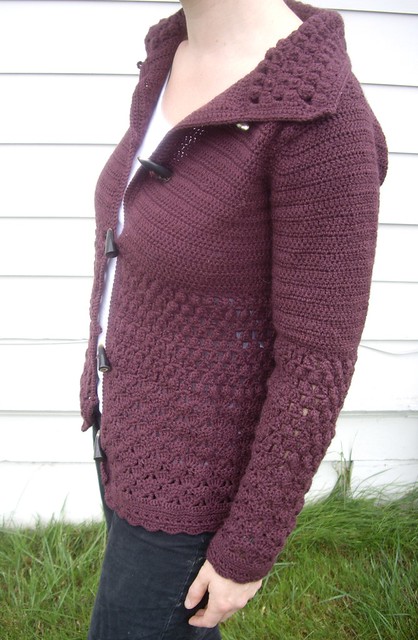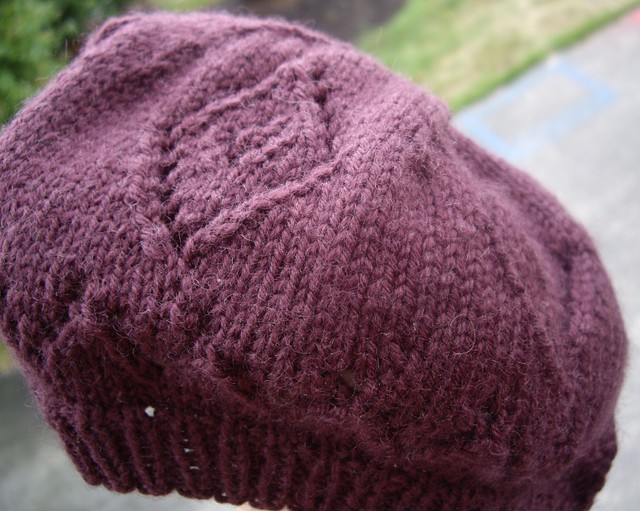 I can begin to see what this would look like for consumption because this is what I am already trying to do myself: it looks like a t-shirt that gets a patch on it, rather than being thrown away; knitwear made from other knitwear; clothes made from other clothes; recycled buttons and zippers; and last but not least, an extra $56.00 to spend on ... um, groceries? And to me, that looks great. How far can it go though? Is there a future where there is more respect for the eco-consciousness of a patched business suit, for instance, than for brand new attire?
I can begin to see what this would look like for consumption because this is what I am already trying to do myself: it looks like a t-shirt that gets a patch on it, rather than being thrown away; knitwear made from other knitwear; clothes made from other clothes; recycled buttons and zippers; and last but not least, an extra $56.00 to spend on ... um, groceries? And to me, that looks great. How far can it go though? Is there a future where there is more respect for the eco-consciousness of a patched business suit, for instance, than for brand new attire?And what would it look like for production? If demand for newly manufactured items decreases, what sort of shift will there be in the labour market? I recently attempted to sew myself a t-shirt because I'm not entirely comfortable with the cheap made-in-Sri Lanka ones that I'm currently wearing. I don't know what sort of working conditions they were manufactured under, what sort of emissions the factory made, what carbon cost there was in transporting them to the US; and I care about these things. I also care about the welfare of women in Sri Lanka: one less t-shirt purchased by me may not make a huge difference but if everyone stopped buying them ...
I'm also aware that in order for me to re-use something it has to be manufactured and bought new by someone else in the first place. But what is the tipping point? If everything that already existed were to be re-used to the end of its usefulness, how much would need to be manufactured anew? I have no idea but I find it fascinating to consider.
Anyway, to get around to the point - I made an attempt to tidy up my craft space recently. Tim always gets so frustrated with my efforts at tidying because I micro-tidy, I look at each thing, consider it and deal with it. His version of tidying is to put all the offending mess and paperwork in a drawer (and then wonder why the electricity bill didn't get paid). The other day I got no further in my efforts than some sweater pieces that I cut out goodness knows how long ago (I truly don't remember) that have been sitting there on the table ever since, waiting to be tidied up. So tidy them up I did by sewing the actual sweater.
It's for baby b, recycled from a men's sweater that I bought at the thrift store, 100 per cent wool. I had to cut the front out in two pieces because the sweater had holes in it, so I put on some decorative red stitching; it's never a mistake, it's a design feature. I also cut the pieces to take advantage of the existing hems and cuffs so the only binding that was needed was around the neck. This is a great fit for him right now, a perfect transitional layer, but I can't for the life of me remember what pattern I cut it out from (it's been that long). And one of the great things about upcycling clothing is that you get children's clothes in colours and textures that you just can't find otherwise.








